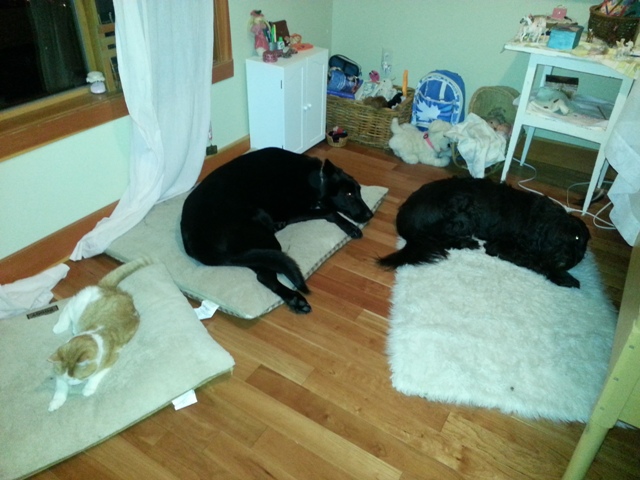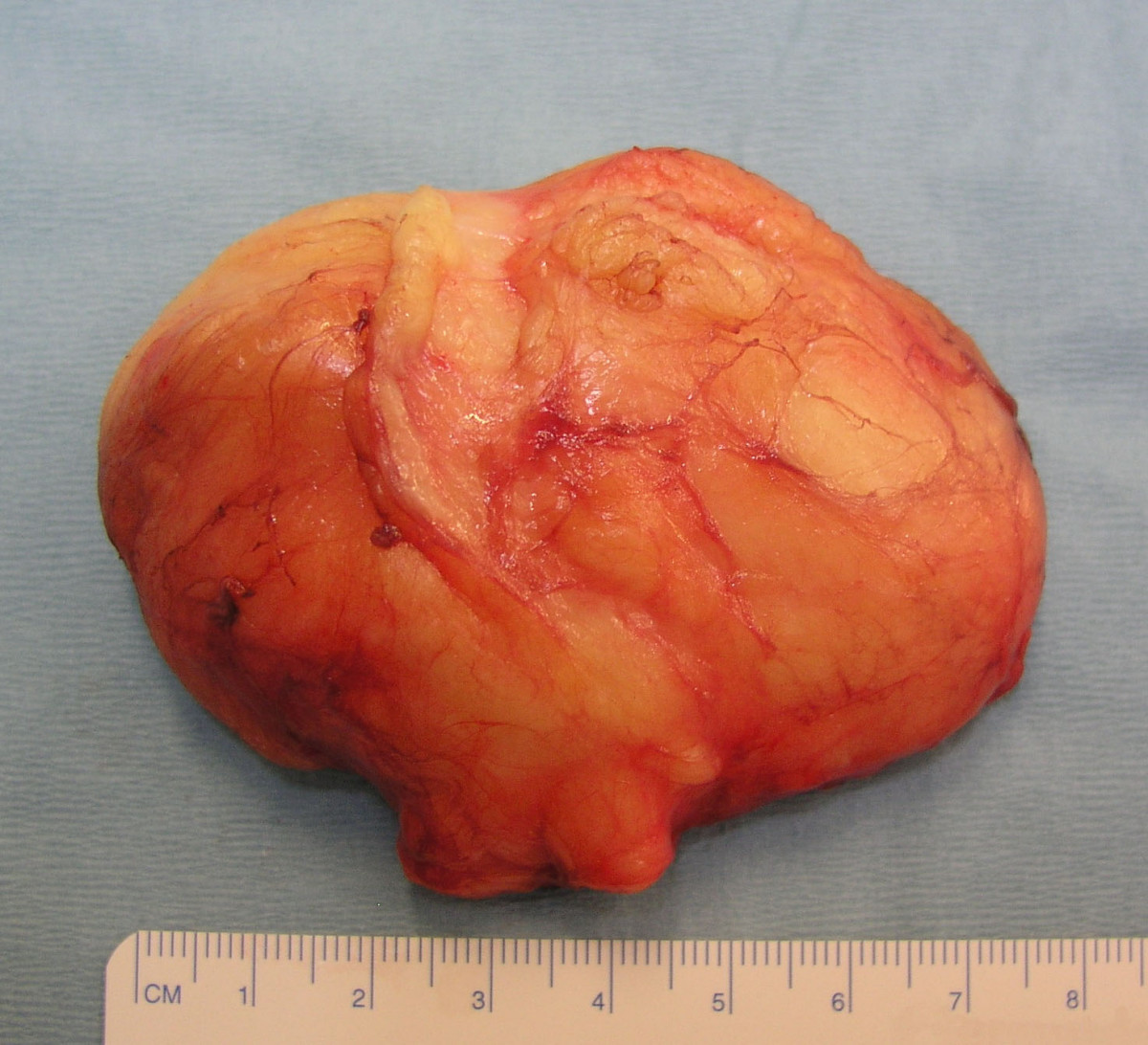Dog Lumps and Cat Lumps: 7 Quick And Easy Solutions
If your dog or cat has a lump, you may be relieved to know that there are a number of things that you can do at home. Most lumps are easy to feel. They may show up on the chest or along the back. Most lumps on dogs are benign, while lumps that appear on cats are often cancerous. Often while petting your pet a cyst becomes noticeable.
As your pet ages, its immune system becomes less effective and lumps and bumps become more prevalent. The immune system is always working to keep away abnormal growths. Common dog lumps are lipomas (benign fatty tumors) and sebaceous cysts (a skin gland that blocks up). Cats relatively often develop cysts, while firm, rapidly growing lumps warrant concern as being cancer.
The first thing to do is assess the severity of the lump. Lumps that are regularly shaped are less likely to be serious. Lumps that move easy under the skin are usually benign, such as fatty tumors (lipomas). Lumps that grow slowly are likely benign. Lumps that discharge a cheesy material are usually sebaceous cysts and can be left alone.
Aspiration of the mass. A simple thing to do to determine if a mass is serious is to visit your veterinarian and have him or her perform a needle aspirate and cytology of the lump. A microscopic slide can often tell if it is serious or not.
Keep Them Clean. A ruptured cyst needs to be kept clean so it will heal and not become infected. Wash it twice daily with an antiseptic solution (such as chlorhexidine or Iodine). Trim the hair around the cyst to aid in cleaning.
Compresses are a very overlooked way to treat many lumps and cysts. A cyst that is enlarged but won’t rupture can be decreased in size by applying a warm cloth directly to the area daily. Heat the cloth so it is very warm to your skin, then apply it to your pet’s skin until it cools down. Do this twice daily for at least 7 days.
Stimulate the Immune System of the Skin. Vitamin E and essential fatty acids are great for boosting your pet’s skin immune function: give 100 IU per 10 lbs of body weight daily of Vitamin E. For dogs use ground flax as the essential fatty acid source, giving 1 teaspoon per cup of dog food, or 1000 mg of flax oil per 10 lbs of body weight. For cats use flax or fish oil, giving 1000 mg daily.
Consider Healing Mushrooms. Certain mushrooms have immune stimulating activity. Some of these include, Reishi, Maitake, and Shiitake. The dose is 25 mg per 10 lbs daily.
Apple Cider Vinegar (ACV). Apple cider vinegar acts as a peeling agent and removes dead skin cells and the virus found directly in the skin pores. With regular application of ACV, the warts become hard and appear black in color, and eventually should detach from the skin. Before using apple cider vinegar, first wash the affected area with a mild soap (must be clean and free from oil). Wet a cotton ball completely with ACV and put it on the affected area. Use a wrap of some kind to hold the cotton ball in place – ideally you want this on overnight. You can also just apply ACV with a swab and cover that (to prevent your pet from licking it off). If you are persistent with applying ACV, you should see a difference within a week.
There are a few specific herbs that I want you to consider. The first are the topical herbs Aloe and Calendula. They are two herbs available in a cream that will take away some of the inflammation from a ruptured cyst.
Green Tea has numerous benefits, but specifically for lumps and bumps. Green Tea has been shown toy stimulate the immune system and inhibit lump growth. Standardized green tea extract is dosed at 50 mg per 10 lbs of body weight daily.
The last remedy that has helped many a dog or cat with abnormal lumps is a homeopathic called Thuja. The first homeopathic remedy that many homeopaths advise for any type of canine or feline cancer. The dose is 30C given once-twice daily for at least 30 days.
If your pet has a lump or abnormal growth, take heart in knowing that most lumps are not cancerous, and that they can be treated at home. If you are at all concerned, see your veterinarian, having the lump examined and possibly aspirated. If it is a benign mass, consider some of the above suggested home treatments.
Heal Your Pet At Home!
Best Wishes,
Dr Andrew Jones, DVM
P.S. There is one supplement that works particularly well to stimulate your dog or cat’s immune system and help prevent abnormal lump formation.
You can go here and grab your trial bottle for 50% OFF:


Great article, trying to dose a cat with Thuja, please elaborate what dosage is “30C”?
(I bought a one ounce bottle of fresh whole leaf Thuja extract by the Herbalist)
Thank you in advance!!!
Love love love. Our rottie had a histiocytoma looking ‘bubble’ on his eyebrow. Vet said it was necessary to operate but easier said than done! He is an absolute terror with vets and giving him the necessary anaesthetic would be traumatic for everyone involved, especially our dog. We used Apple Cider Vinegar and every day it reduced in size until nothing was left at all. It was an absolute blessing. It did take a couple of months but well worth the persistence. Thank you!
I have a cat with histiocytoma, cancerous, and I just bought thuja and I would like to know how many pellets should I give to her per day.
I have nothing to lose of trying it!
Does the ultimate canine formula have any type of grained in it? He’s allergic to grain. I will need to know before I order it. Thank you
Hi Carolyn, Dr. Jones’ Ultimate Canine is grain-free, with no additives or preservatives.
You can order it here.